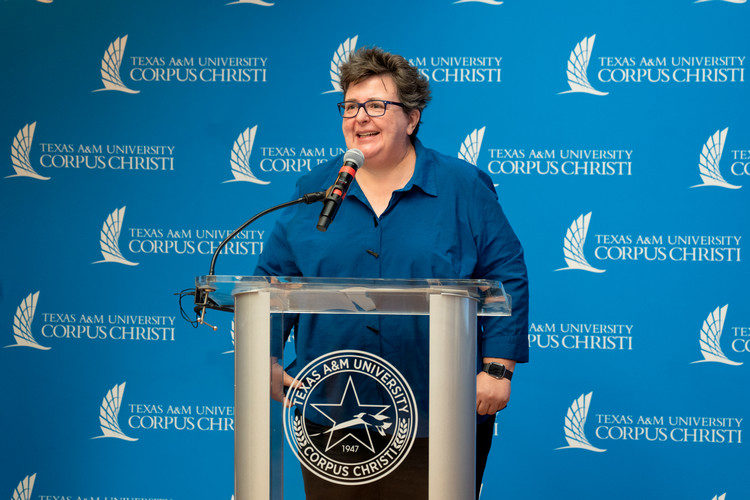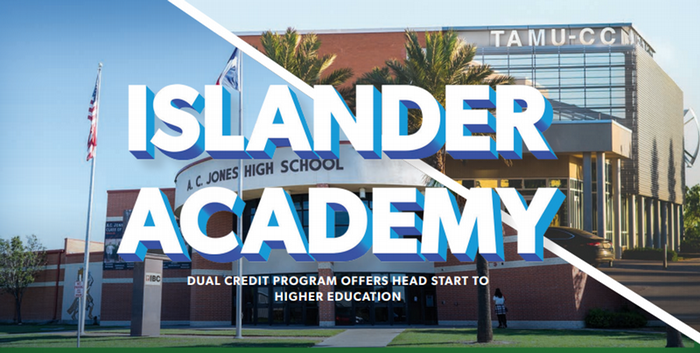Texas A&M-Corpus Christi Debuts New Mixed Reality Headsets for Nursing Education, Simulation
CORPUS CHRISTI, Texas – The College of Nursing and Health Sciences (CONHS) at Texas A&M University-Corpus Christi continues to bridge the gap between theory and practice by increasing the use of state-of-the-art healthcare simulation technology. New this semester, Islander nursing students now have access to mixed reality training goggles.
The Island University’s Simulation and Clinical Learning Center (SCLC) is one of only two nursing programs in the nation to integrate the use of obstetrics mixed reality (MR) technology into both the simulation lab and the classroom. The goggles, manufactured by Gaumard, were purchased in 2021 with CARES Act funding and arrived in the classroom in spring 2022.
The goggles are utilized in tandem with the VICTORIA Advanced Maternal Simulator, an anatomically correct obstetrics (OB) simulation mannequin. Together, the high-tech mannequin and the googles use holographic visualization to enhance labor and delivery simulation, allowing students hands-on training through seamless and powerful scenario integration. The holograms are synchronized with the physical world, allowing learners to see inside the OB simulator and observe a life-like holographic infant through the birthing canal.
“Simulation gives students a safe place to develop clinical and decision-making skills they will need in the real world,” said Lisa Snell, TAMU-CC Assistant Clinical Professor and SCLC Manager. “It is imperative that students apply what is learned in the classroom to what they will be expected to practice at the patient’s bedside.”
Ashley Dominguez, TAMU-CC Simulation Laboratory Supervisor, says the new technology not only promotes a deeper learning experience but a deeper understanding of difficult deliveries.
“What Islanders were once only able to visualize in a book or video, they can now see in 3D from any angle and scaled to human size,” Dominguez said. “Students can see in 3D how their interventions affect the safe delivery of a newborn. Difficult deliveries are high-risk, low-frequency events that students may not have the chance to experience first-hand during clinical training. This technology allows us to fill in the gap as the learner gains confidence regarding these infrequent circumstances.”
Islander nursing student Ashlynn Lobrecht ’23 says simulation training is an integral part of the nursing student experience.
“You can only learn so many things from a textbook,” Lobrecht said. “Being placed in a real-life setting where you’re taking care of a real patient makes you understand that you’re responsible for a patient’s life. Through these simulation labs, we’re able to see and understand deliveries in a way we couldn’t envision before and are able to work as a cohort to learn from each other’s feedback and improve our skills.”
The college plans to expand its simulation training thanks to two recent grants, including $499,682 from the Health Resources and Services Administration and $20,000 from The John G. and Maria Stella Kenedy Memorial Foundation. Both grants will be used to support the development of additional simulation training models and the purchase of additional MR technology to promote innovative pathways for nursing education.
“The future of healthcare simulation is immersive virtual reality and innovation is the norm around here,” Snell said. “We are committed to remaining above the status quo and providing our students with a state-of-the-art simulation center. We are grateful for the fantastic support we have received to be able to add new technology to our labs and better the Islander nursing experience.”















